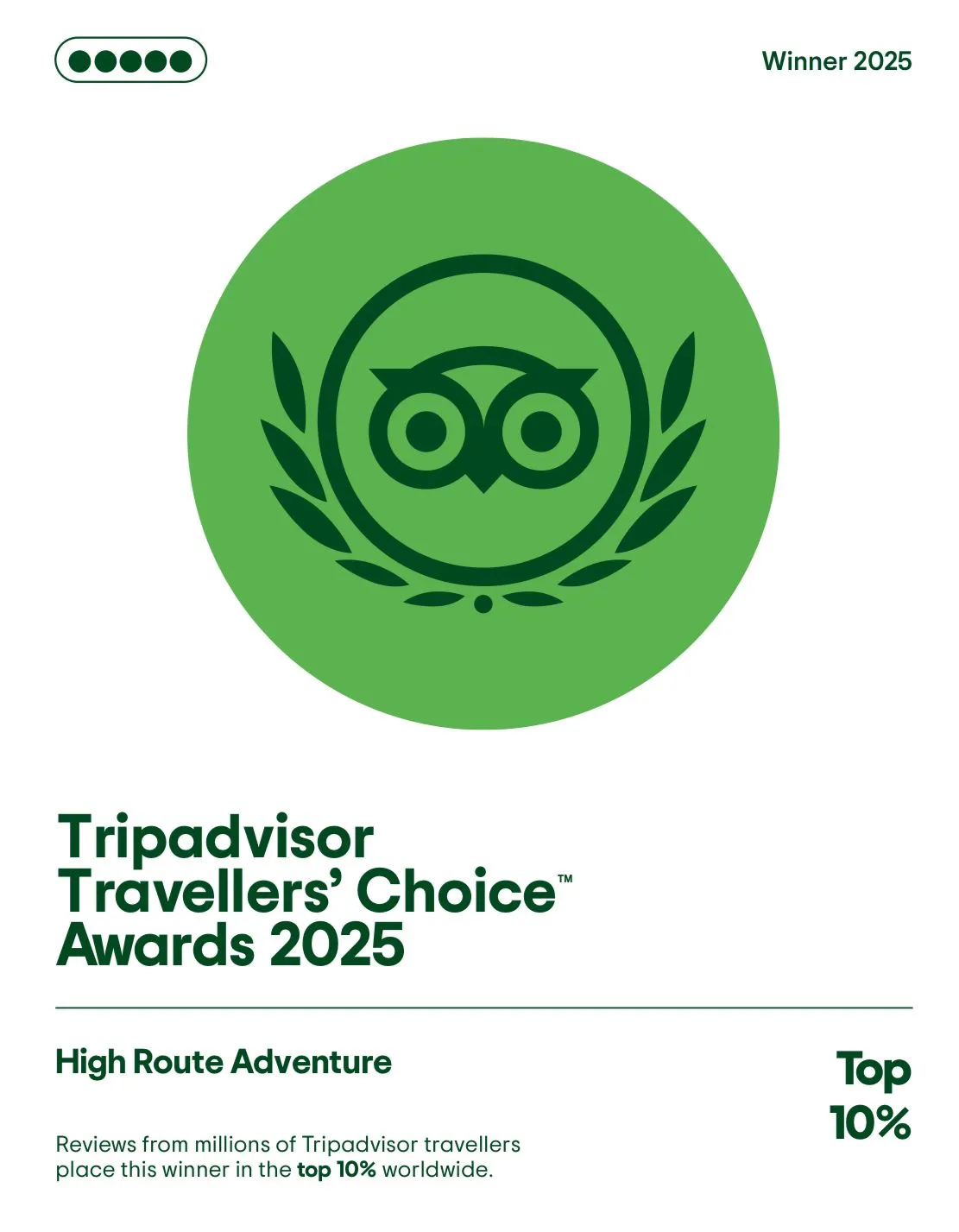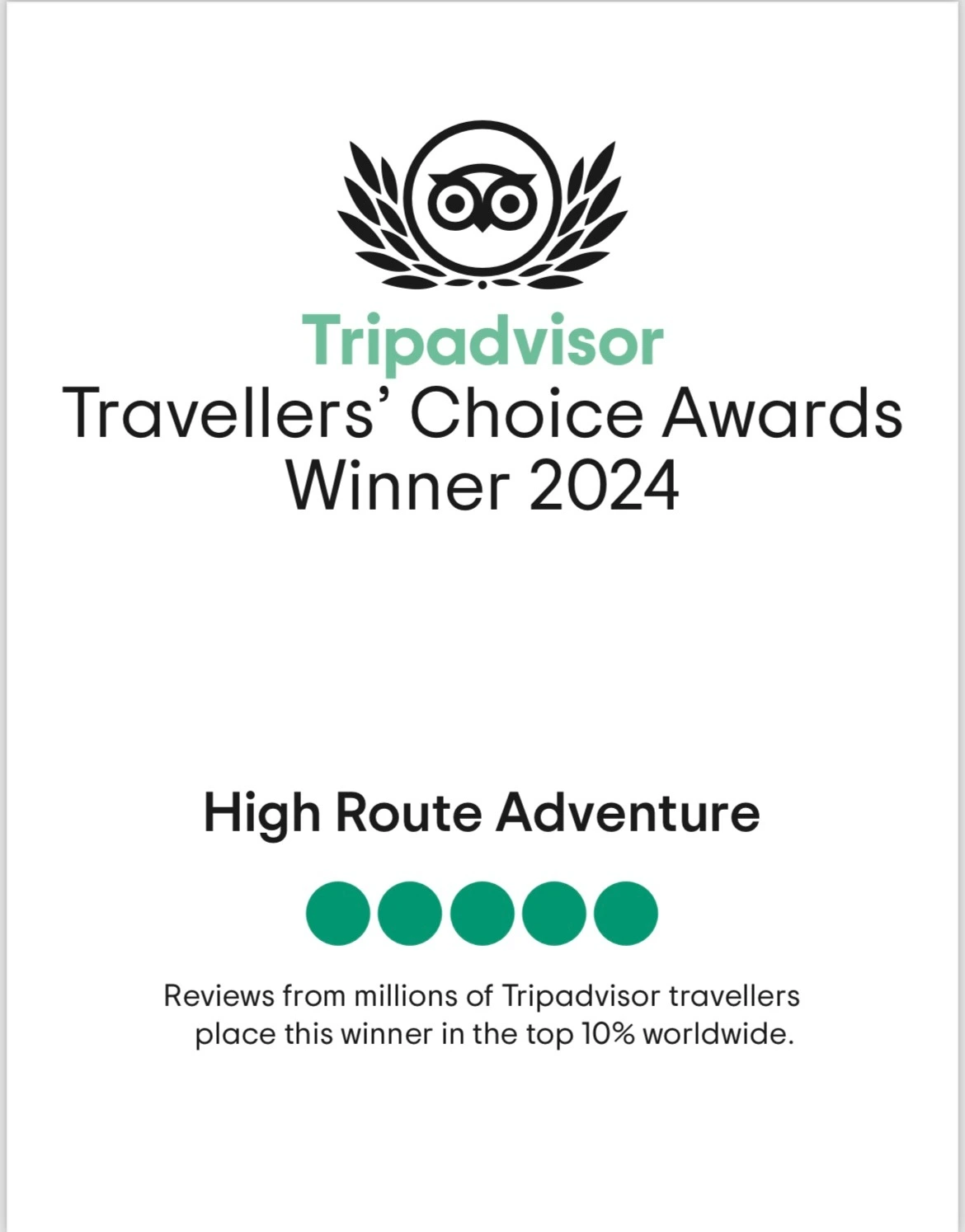Hydration in the Himalayas – A Complete Guide to Water Purification on Trekking

An amazing place in the universe is the planet Earth, where all types of living organisms exist. The human being with plants and flora where survives with the support of water. Similarly when traveling from one country to another where all travelers need to carry smaller containers or water bottles.
As water is life, without this valuable gift of nature, nothing can survive and all travelers should be well aware. Nobel Adventure Tour and Travels brings this great topic and subject to help all trekkers, traveling around the Himalayas.
A subject is collected from various sources to blend into one topic, making it easier for trekkers how and why. Water is needful to the body when trekking the Himalayan country like Nepal, the land of the world’s highest mountains.
Nepal with massif Himalayan range where hundreds of streams, rivers, and lakes are formed from the glaciers. The country with the world’s highest volume of fresh water from its natural source makes a country rich in hydropower.
As well as for irrigation to various agricultural fields and terraces from mid-hill, green valley to low-land of the Terai belt. The main source and gift of nature to Nepal are its high Himalayan Mountains, the savior for all living beings.
Every drop of water is precious to nature and for human life to survive on this beautiful planet. Where humans, plants, animals, and birds can live for some days without food; but water is essential at every hour of the day.
The most important than in normal walks of life is while you are outdoors with physical activities like trekking. Whether on sunny days or on cooler days of walking, where trekkers can get dehydrated, losing enough fluids from sweat.
On every step on treks climbing uphill needs more energy and power, where every sip of water will help. From the danger of dehydration which might lead to ill health, the power of water will be an elixir.
Table of Contents
5 Safe Ways to Drink Water in the Himalayas
Enjoy safe Drinking Water from the Filling Stations
While on treks around Nepal Himalayas, there are few regions where one can refill your water bottle for the day. Which is only in Annapurna Himalayas, the facilities provided by ACAP (Annapurna Conservation Area Project). In the future, there might be other popular areas of trekking routes, like Everest, Langtang, and Manaslu. The water filling stations are 100 % safe, at the lowest cost that you buy from the lodge’s restaurants. So far the drinking water stations are available on the way to Annapurna Sanctuary at Chomrong village. As well on the Annapurna Circuit Route near Chame Town, where one can enjoy the facilities of safe drinking water.
Boiling to Certain Safe Temperatures
Of all the drinking pure clear clean water to drink apart from fresh spring is boiling and cooled water. The boiling water should be boiled to certain temperatures above 100° degree Celsius or 212 Fahrenheit. That kills all the bacteria and makes the water safe for drinking, in some areas of trekking. For around high Khumbu, Langtang, or Mustang region it might be more costly, than filling stations.
But it will be the only and best option for one’s health during the trekking days and for being safe from bugs. On Tea House or Lodge Trekking make sure it is boiled properly and filtered separating the saturation.
Using Disinfecting Measures Like Adding Purifying Tabs or Lodine
Besides the pure form of spring water, is hard to find at present due to the presence of human settlements. Well as grazing of animals, but one can use purification tablets to kill bugs or bacteria? From the waters of the clean springs, running streams, creeks, or brooks. The purifying tablets work only about 60 to 80 % on
In Himalayan waters, as in Nepal, there are two types of water, hard and soft.
The hard waters are full of iron, magnesium, sodium bicarbonate, and other minerals, which are good for health. But for people used to soft water will be hard to digest, one should be used to it for a week or more. The soft waters are found around the lowland of the Terai belt, which is free from minerals. But the taste of the water is not good up to the mark, can smell and taste pungent. For example, when you wash your hands with soap the lather or foam comes less with hard water. Whereas with soft water the soap foam easily forms enough to wash your hands or body.
The other method is using iodine as an option from purifying tablets, it works better than purification pills. But the taste will be different till you are used to it for some days.
Filtration to Make the Water Clear from Sedimentation
The best water method is to have clean and fresh water fresh from the taps, running streams, or creeks and wells. Using a portable filter gadget, available in trekking shops and stores in Kathmandu or at Pokhara. Can bring from your home country to be safe from the product and how it functions. The best ways way of filtration from unwanted sedimentation in the water is to be able for drinking purposes. But the filtration should be good and must be cleaned and washed quite often, after being used.
Leaving in the Sun for a Long Time and Purifying with the Help of UV
The other best method of purifying the water for drinking purposes is leaving the water bottle in the sun. At higher altitudes above 3,000 m / 9,843 feet, the sun is strong with bright UV, Ultra Violet rays. Leaving in the sun can be time-consuming, but it is worth the effort if you have time at one place for an hour or more. So that the drinking water in your bottle is purified by the hot sun with strong Ultra Violet bright rays.
Annapurna Himalaya Region

At present, there are water filling stations on Annapurna trekking routes, like around Annapurna or Annapurna Circuit. As well as on the way to Annapurna Base Camp and the Sanctuary. Carry at least two water bottles to refill water from the stations where available, which is cheaper than buying from the lodge.
Eco- Responsible Tourism
We discourage using plastic bottled mineral water unless the plastic is recycled, otherwise, it creates much garbage. As the Himalayas are sensitive, where all should follow the rules of Eco or Responsible Tourism. By making the country free from litter and waste, enjoying safe, and following Eco-Tourism rules and norms.
That leaves nothing behind except for your footprints, Carry the litter and dispose at proper disposal sites.
Posted on








